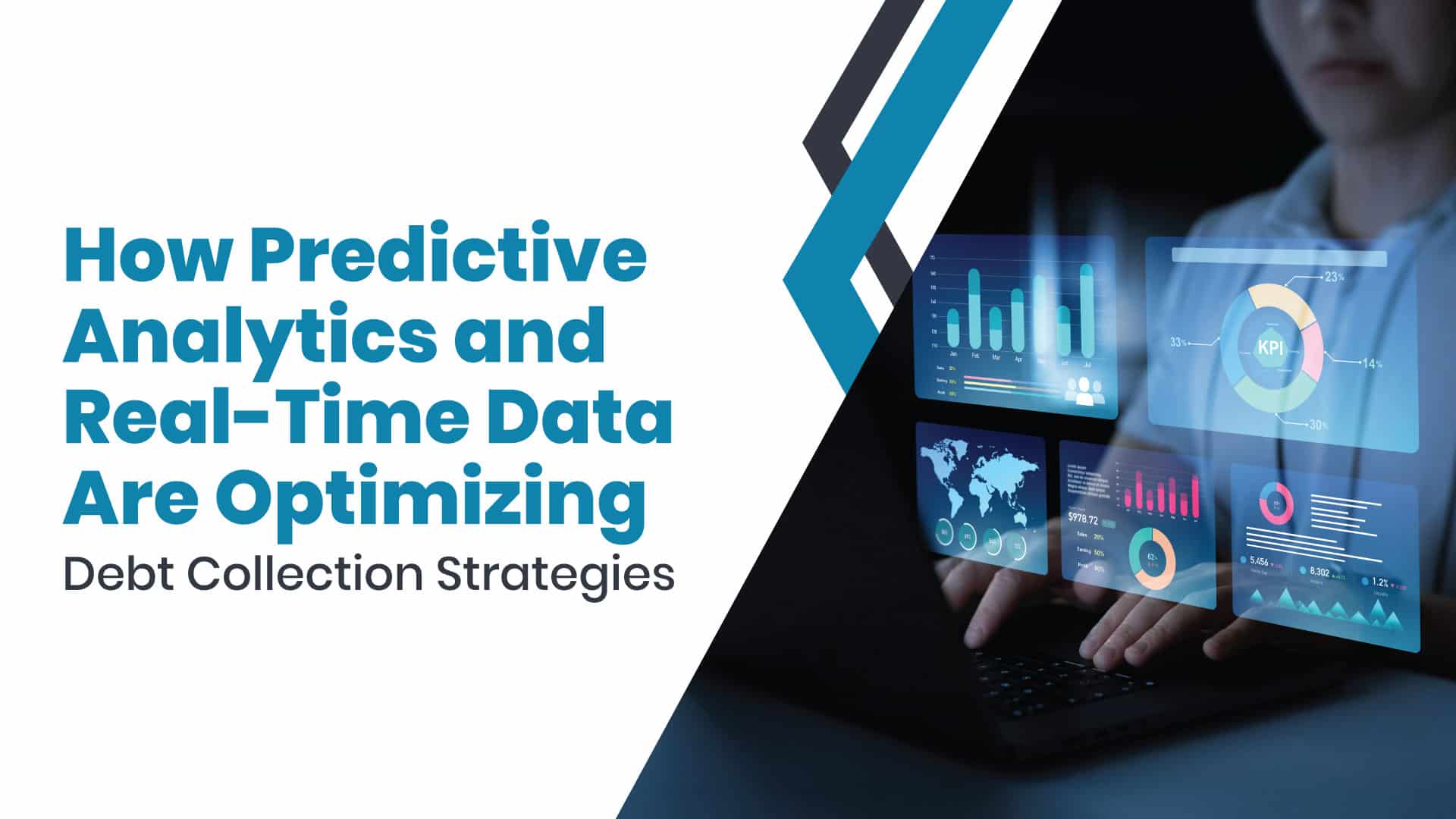By Jack Mahoney, Chief Analytics Officer, National Credit Adjusters
Abstract
In today’s fintech and receivables management landscape, data is no longer a passive asset—it is the core driver of strategic success. This article examines how predictive analytics, real-time decision-making, and advanced data visualization are reshaping debt collection strategies. By embedding these tools within compliance frameworks, organizations can significantly improve recovery rates, operational efficiency, and risk management.
Introduction: Data-Driven Debt Collection as a Strategic Imperative
The debt collection industry is shifting from traditional, volume-based tactics toward precision-driven, analytical strategies. In a landscape where regulatory scrutiny is intensifying and consumer expectations continue to evolve, reliance on manual segmentation and historical reporting is no longer sustainable. To remain competitive, organizations must embrace data-driven collection strategies that leverage predictive modeling, real-time analytics, and structured data visualization.
At National Credit Adjusters, we’ve recognized that optimizing debt collection through analytics is not just a technological upgrade—it’s a transformation in how decisions are made, risks are managed, and outcomes are achieved.
Predictive Analytics: Transforming Portfolio Prioritization
Predictive analytics has emerged as a cornerstone of modern debt collection strategy. By analyzing historical payment behaviors, credit risk indicators, and consumer engagement patterns, predictive models allow organizations to forecast repayment likelihood with increasing accuracy.
This shift enables collection teams to prioritize accounts based on dynamic risk assessments rather than static criteria. The result is more efficient resource allocation, improved promise-to-pay rates, and a more personalized consumer experience. As machine learning continues to evolve, these models adapt to new data inputs, ensuring strategies remain responsive to changing market conditions.
Predictive analytics does more than enhance efficiency—it redefines how portfolios are evaluated and engaged, aligning operational focus with measurable recovery potential.
Overcoming Data Visualization Challenges in Debt Buying Analytics
While access to data has grown exponentially, the ability to interpret and act on that data remains a challenge for many organizations. The distinction between structured and unstructured data plays a critical role in determining whether insights can be extracted effectively.
Unifying disparate data sources into a coherent framework requires robust backend structuring and the deployment of advanced visualization tools such as Qlik or Tableau. When executed correctly, data visualization provides leadership with real-time visibility into key performance indicators, risk exposure, and compliance metrics.
In my experience, companies that invest in organizing their data infrastructure are better positioned to convert raw information into strategic action—an advantage that extends across operations, compliance, and consumer engagement.
Real-Time Decision-Making: Elevating Consumer Interaction
The next frontier in debt collection lies in the integration of real-time decisioning within consumer interactions. Traditional models often delay decision-making, requiring post-call reviews or manual approvals. However, AI-driven analytics can allow agents to receive immediate guidance during live conversations.
For example, when a consumer proposes a payment arrangement, real-time predictive modeling can instantly assess the feasibility of that offer based on risk profiles and company policy. This capability not only accelerates resolution but also enhances compliance by ensuring that every decision aligns with predefined rules.
Real-time analytics transforms reactive operations into proactive engagements, increasing both efficiency and consumer satisfaction.
Integrating Compliance into Advanced Analytics Frameworks
As the industry becomes more reliant on automation and AI, ensuring compliance remains a critical concern. Predictive models and real-time decision engines must be transparent, consistent, and fully auditable.
By embedding compliance protocols within analytics platforms, organizations can automate monitoring, reduce human error, and respond swiftly to regulatory changes. This alignment between data strategy and compliance safeguards operational integrity while unlocking new efficiencies.
At National Credit Adjusters, we view compliance not as a constraint, but as a catalyst for smarter, data-informed processes.
Conclusion: The Data-Driven Future of Debt Collection
The organizations that succeed in the coming years will be those that recognize data as more than a byproduct of operations—it is the foundation of strategic advantage. By adopting predictive analytics, mastering data visualization, and implementing real-time decision-making, companies can redefine their approach to debt collection.
This evolution is not merely about technology—it’s about cultivating a mindset where every decision is informed by actionable insights, and where compliance and efficiency coexist seamlessly.
In the era of optimizing debt collection through analytics, those who lead with data will lead the industry.
About the Author
Jack Mahoney is the Chief Analytics Officer at National Credit Adjusters, where he specializes in leveraging predictive analytics, real-time data strategies, and compliance-integrated frameworks to drive performance in debt collection and receivables management.




